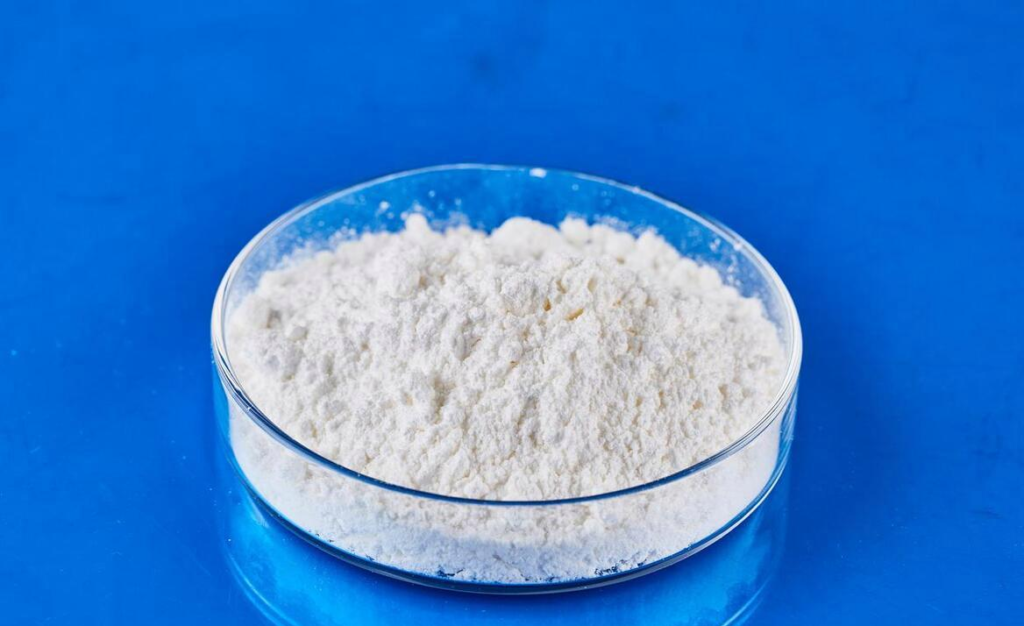Hebei Messi Biology Co., Ltd. stated that the microhardness of magnesium oxide ceramics sintered at different temperatures and holding times was determined by the Vickers microhardness method, and the bending strength of ceramic sintered bodies sintered at different temperatures was tested by a three-point bending test. The factors affecting the hardness of ceramics were discussed, and it was believed that porosity and grain size were the main factors. From the microstructure morphology of ceramic materials, it was discussed that the main factors affecting the strength of magnesium oxide ceramics are grain size, porosity and dislocation density. The catalytic activity of nano-magnesium oxide powder was evaluated from three aspects: high-temperature exothermic peak temperature, apparent decomposition heat and low-temperature weight loss rate of AP.

The study showed that nano-magnesium oxide powder showed good catalytic activity for AP, reduced the high-temperature decomposition peak temperature, increased the apparent decomposition heat, and greatly improved the low-temperature decomposition weight loss rate of AP. The kinetic parameters of the decomposition process of AP catalyzed by nano-magnesium oxide powder were studied by the Kissinger method.
The mechanism of nano-magnesium oxide powder catalyzing AP was studied by electron transfer theory. Studies have shown that the presence of a large number of surface hydroxyl groups, low-coordinated hydroxyl groups and H-ion active centers on the surface of nanocrystals can act as traps for capturing electrons and accelerate electron transfer; the small grain size of nanomaterials can increase the number of unsaturated coordinated atoms on the surface of nanomaterials, forming a large number of highly active edge and central defect points and incomplete crystal faces. These surface effects can greatly improve catalytic performance.
